Two pieces of data were released this week that suggested Australia’s labour market is in good health.
First, Australian wage growth, as measured by the wage price index, posted 3.1% annual growth in the year to September, beating analyst’s forecasts of a 3.0% rise:
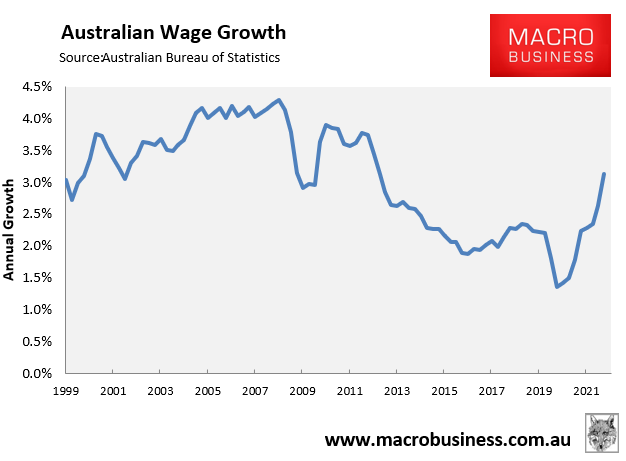
However, real wages did fall to late 2011 levels when adjusted for headline inflation.
Second, Australia’s labour underutilisation rate – capturing both unemployment and underemployment – fell to its lowest level since 1982:
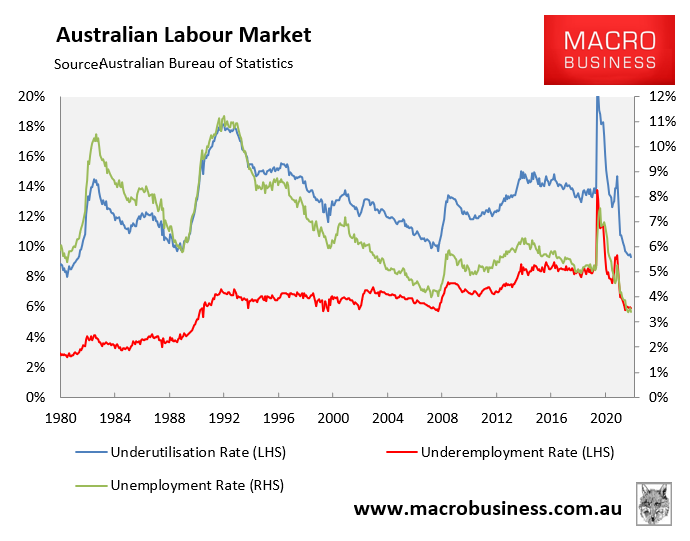
The two pieces of data combined should prompt the Reserve Bank of Australia (RBA) to lift interest rates again in December, most likely by 0.25%.
While Australia’s labour market is currently travelling nicely, there are good reasons to believe that it will deteriorate sharply in 2023 for two key reasons.
First, given inherent lags in monetary policy, the RBA’s record interest rate hikes have yet to be fully felt through the economy. Moreover, there are hundreds of billions of dollars worth of cheap fixed rate mortgages due to expire next year, which will be reset to rates that are double or triple their current levels:
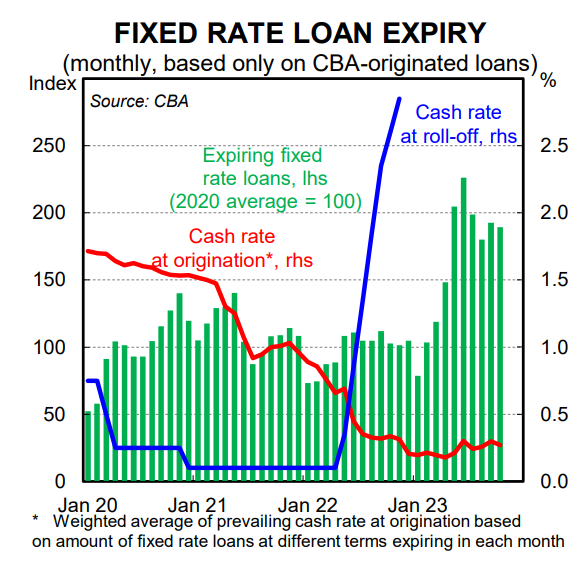
I suspect in six months’ time, consumer spending will slow materially crimping ‘jobs and growth’.
Second, a key reason why the labour underutilisation rate has fallen so sharply is because immigration turned negative over the pandemic. In turn, the working aged population is around 430,000 smaller today than it would have been if pre-pandemic migration trends had continued:
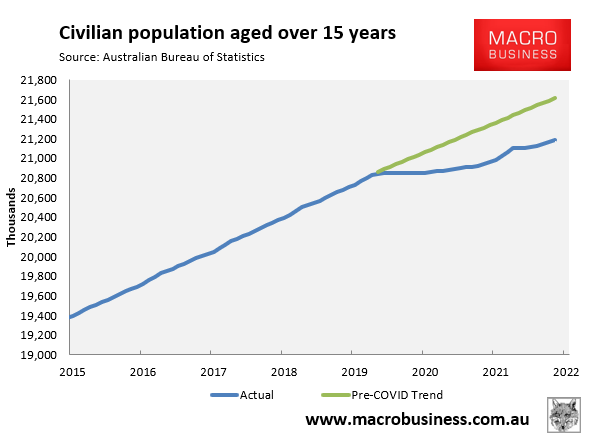
As a result, many of the jobs created went to unemployed Australians rather than migrants, lowering unemployment (and placing upward pressure on wages) in the process.
The latest federal budget projects that net overseas migration (NOM) will rebound to 235,000 in the 2022-23 financial year and beyond:

This means that Australia’s labor supply will grow strongly in the face of a slowing economy, thereby driving up unemployment and tempering wage growth.
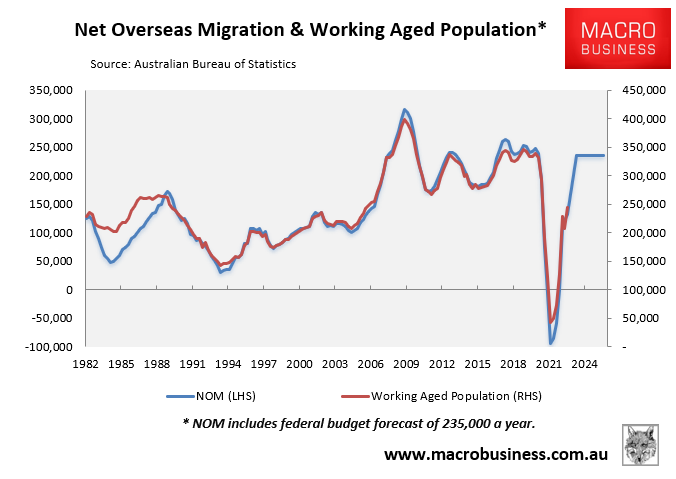
Already there are signs that the federal budget’s NOM projections will be exceeded by a very large margin, given net student and work visa arrivals have risen to unprecedented levels:
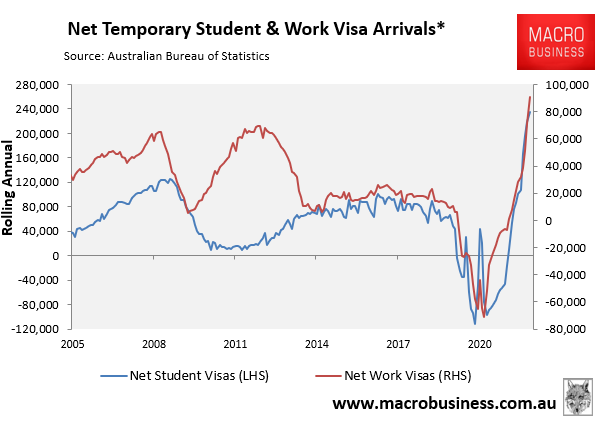
The Albanese Government is also boasting that it will have reduced Australia’s ‘visa backlog’ by nearly 400,000 by the end of this year and intends to clear the remaining 600,000 strong backlog as soon as possible.
The upshot is that Australia will likely experience a big surge in labour supply just as the economy stalls and jobs growth slows to a crawl.
The inevitable result will be a sharp lift in unemployment and falling wage growth by the end of 2023.

